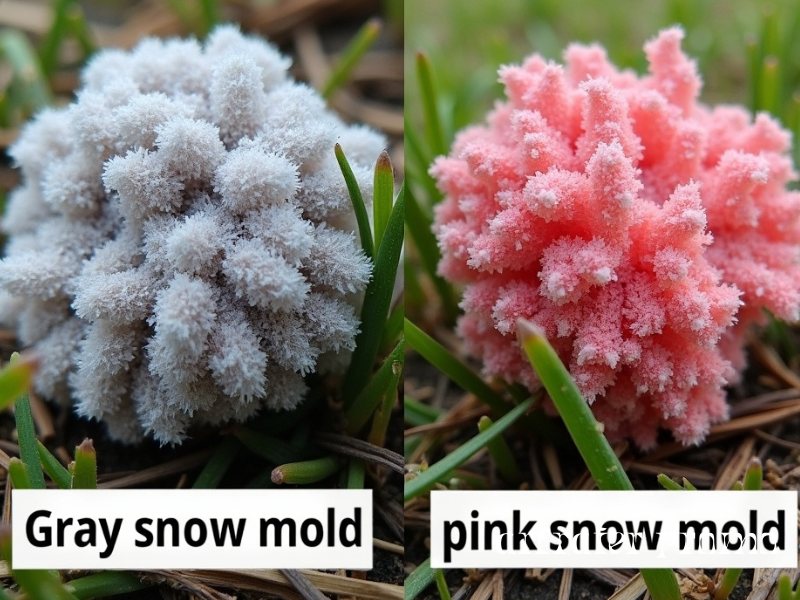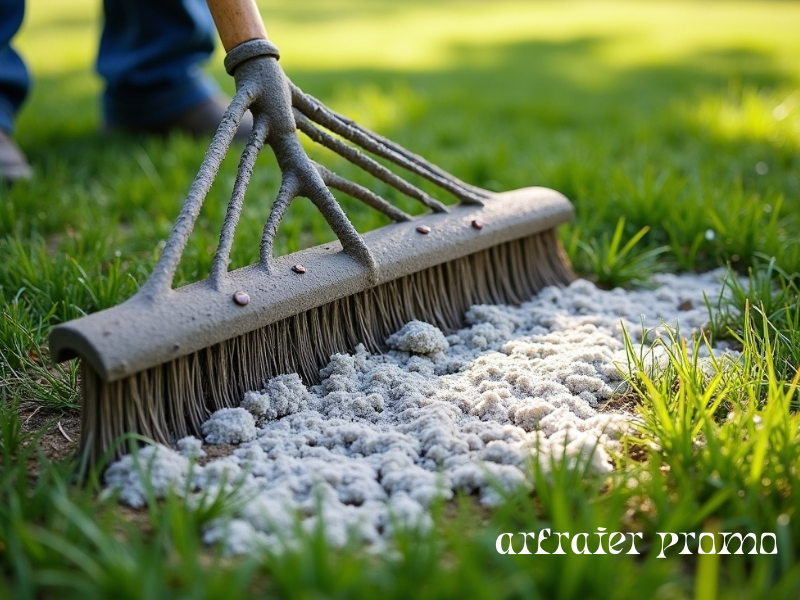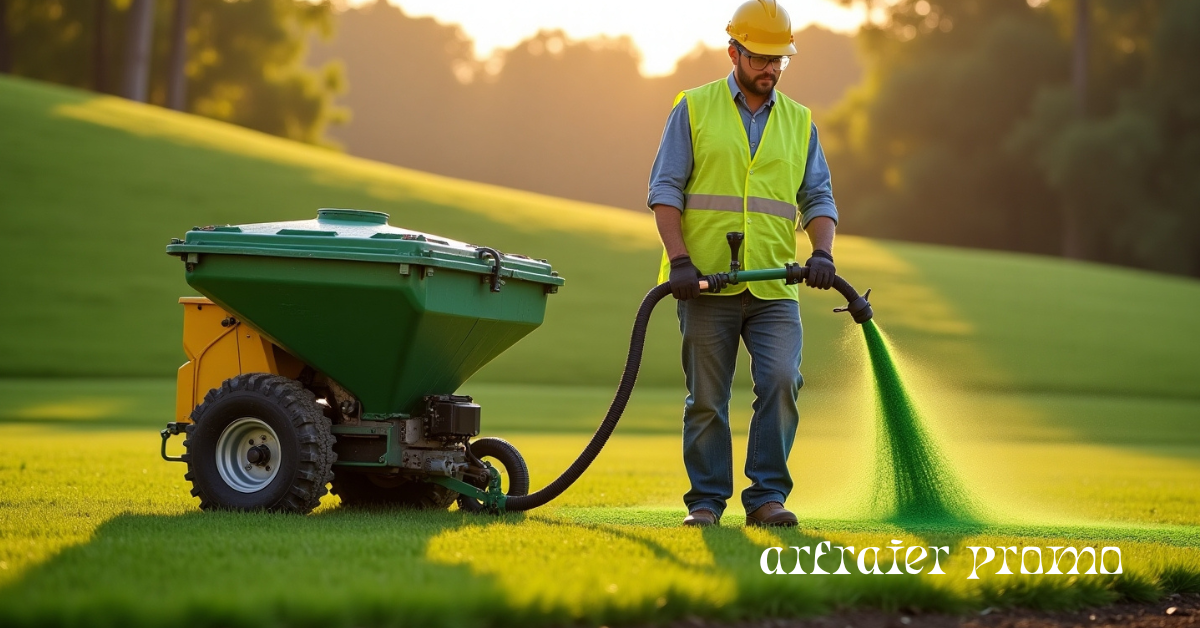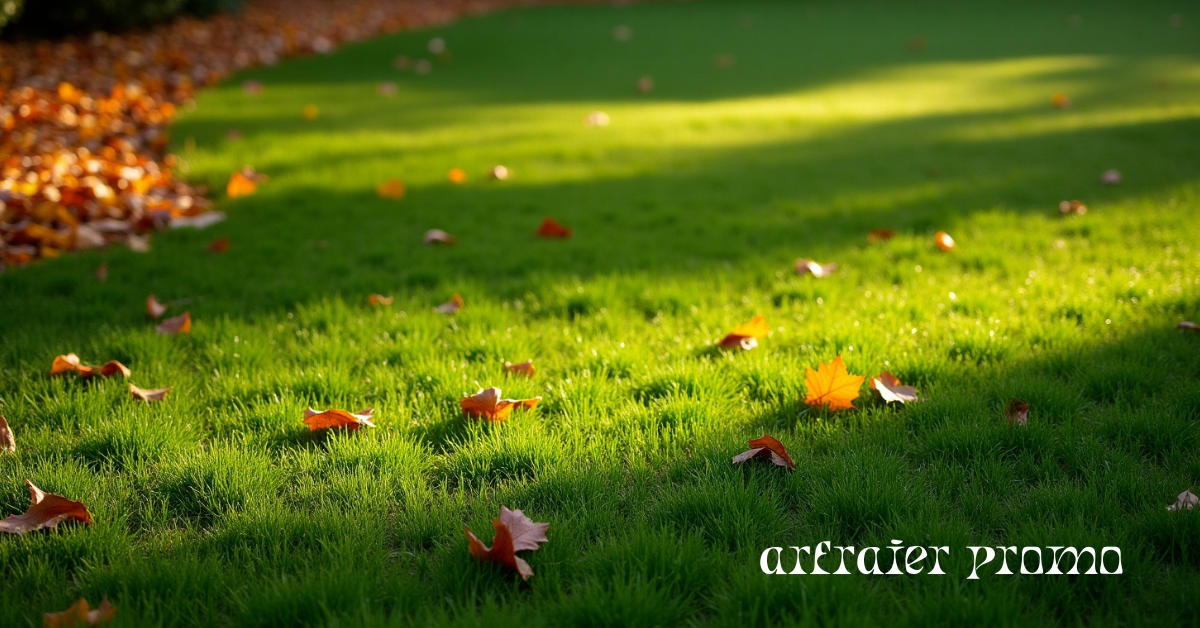Snow mold is a common lawn disease that appears in early spring as the snow melts. Though it’s often temporary, if left untreated, it can weaken your grass and leave unsightly patches. This guide covers what snow mold is, how to identify it, what causes it, and most importantly—how to treat and prevent it for a healthier lawn year-round.
What Is Snow Mold?
Snow mold is a fungal lawn disease that develops beneath melting snow, particularly when the grass hasn’t been properly mowed or cleaned before winter. It thrives in wet, cool conditions and typically becomes visible as the snow recedes.
Causes of Snow Mold
Snow mold usually forms due to a combination of these factors:
-
Prolonged snow cover on unfrozen ground
-
Excess moisture from snow or poor drainage
-
Unmowed grass going into winter
-
Heavy thatch buildup
-
High nitrogen fertilizer applied too late in the season
Types of Snow Mold
There are two main types of snow mold, each with distinct features:
| Type | Appearance | Conditions |
|---|---|---|
| Gray Snow Mold | Circular, grayish-white patches (6–12 in) | No need for snow cover |
| Pink Snow Mold | Pink-tinted patches with brown borders | More damaging, needs snow cover |

How to Identify Snow Mold
You’ll recognize snow mold by:
-
Circular matted patches of discolored grass (gray, white, or pink)
-
Slimy or crusty textures in the affected area
-
Lingering patches after snow melts
-
Poor grass growth in those areas during spring
How to Treat Snow Mold
Here’s how to help your lawn recover:
-
Rake the affected areas: Gently rake to loosen matted grass and increase air circulation.
-
Let it dry out: Avoid watering until the affected areas dry.
-
Overseed if needed: If grass doesn’t regrow, reseed the dead patches in early spring.
-
Apply a light fertilizer: A balanced fertilizer can support new growth.
-
Avoid heavy spring mowing: Let the grass reach 3–4 inches before the first cut.

Lawn Care Tips to Prevent Snow Mold
Preventing snow mold is easier than fixing it. Here are helpful lawn care tips:
-
Mow before winter: Keep grass 2–2.5 inches before the first snowfall.
-
Remove leaves and debris: Clean your lawn in fall to reduce moisture buildup.
-
Dethatch in fall: Break up thick layers of thatch to allow better airflow.
-
Use slow-release fertilizer: Apply a low-nitrogen, slow-release fertilizer in late fall.
-
Avoid snow piles: Spread out shoveled snow to prevent compacted, moist spots.
-
Aerate your lawn: Aeration in fall improves drainage and root strength.
Conclusion
Snow mold may seem alarming after winter, but with the right identification and care, your lawn can bounce back quickly. Preventing it starts in the fall with proper mowing, cleanup, and fertilizing. If it does appear, don’t worry—rake it out, dry it up, and give your lawn the support it needs to regrow strong and green.
Frequently Asked Questions (FAQs)
What time of year does snow mold appear?
Snow mold typically appears in early spring as snow begins to melt and temperatures rise.
Is snow mold harmful to pets or humans?
Snow mold is generally not harmful to pets or humans, but it’s best to avoid direct contact with affected areas.
Can I prevent snow mold completely?
While it’s difficult to guarantee prevention, good lawn care practices in fall and proper snow management drastically reduce the risk.
Will snow mold kill my grass?
Not usually. It damages the blades, but the roots often survive. Overseeding may be needed in severe cases.
What are snow mould allergies?
Snow mould allergies are allergic reactions caused by breathing in mold spores that become airborne during the spring thaw. Symptoms may include sneezing, coughing, runny nose, itchy eyes, and in severe cases, asthma-like symptoms.






